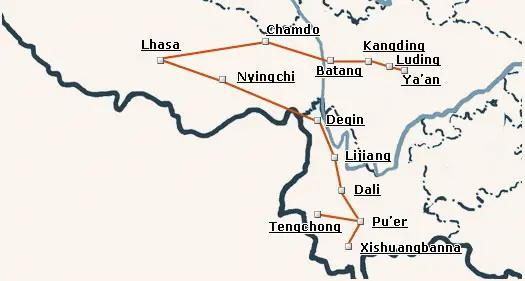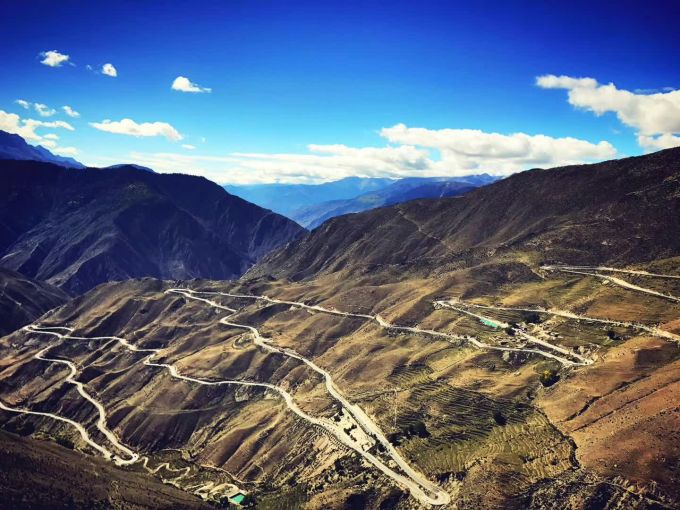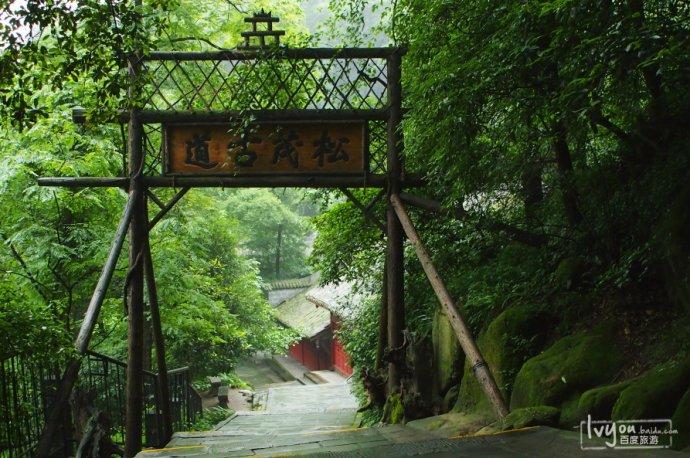
The China Tea Marketing Association (CTMA)
The China Tea Marketing Association (CTMA) was found in 1992

The China Tea Marketing Association (CTMA) was found in 1992
In the life of all Chinese ethnic groups, the Tibetan people, due to their dietary habit of “eating beef, mutton, butter and cheese to maintain body energy and heat, need to drink Tibetan tea to digest a large amount of high-fat and -protein. Also, they regard highland barley as staple food and need to drink tea to eliminate it effects on their body. However, tea cannot be cultivated in Tibetan Plateau. In order to transport Sichuan-Yunnan tea into Tibetan areas and import Tibetan local products into mainland China, a series of tea trade routes were spurred under the path of Tibetan and Han traders. Since the Tang Dynasty, this kind of trade relationship was mainly carried out in the form of tea exchange between the inland and Tibet, so it was called “tea and horse trade” or “tea and horse exchange” in history. Along with this trade, the commercial road opened, and is called “The Ancient Tea Horse Road”.

In The Han Dynasty, the ancient tea horse road was a southern part of the Road of Silk. Sichuan province, known as the “Land of Abundance” in ancient times, as the origin of Chinese tea. As early as 2,000 years ago in the Western Han Dynasty, Tea was already traded as a commodity in Sichuan. Tea, as a specialty of the Shu Kingdom, was also regarded as an universal equivalent. So this road was called “Yak Road” in this period, and was also the earliest “ancient tea horse road”. Therefore, Qionglai city, the business center of Shu Kingdom and the main producing area of tea, copper and iron ware, became the starting point of the ancient tea horse road in Han Dynasty.
In the Tang Dynasty, the great political, economic and cultural exchanges between Tibet and The Tang dynasty caused by the marriage of Princess Wencheng and Princess Jincheng, made Tibetan regime in ancient China gradually within a social atmosphere of “pursuing inland culture ”.

In the Song Dynasty, the central government established an exchange market system of “trading tea for horses” with Tibetan areas. With the improvement of tea and horse trade, the ancient tea horse road had a further expansion. During this period, the ancient tea horse road was mainly “Qinghai-Tibet Road”, which is commonly referred to as “Tangbo Ancient Road”. In the early stage, it was mainly a political communication road, while it became the main channel for the trade of tea and horse between Han Dynasty and Tibet afterwards.

In the Yuan Dynasty, Tibet was formally incorporated into Chinese territory. In order to develop the communication between Tibet and the mainland, the Yuan government established 19 post stations in Duogansi, which greatly extended the tea-horse road between western Sichuan and Tibet. The government paid special attention to the role of tea in stabilizing Tibetan areas and promoting national unity. They formulated a series of regulations and systems concerning the production, sale, trafficking, taxation, price, quality and supervision of tea used in Tibetan areas to prevent speculation and profiteering by tea traders.

In the Ming Dynasty, the government stipulated that all the tributes of Wusizang and Duogansi must come to Beijing through “Sichuan Road”. Therefore, Sichuan was not only the main production are of border-selling Tea, but also the main trade area of “tea and horse exchange”. In this period, the Sichuan-Tibet tea road was divided into “South Road” (Lidiao Road) and “West Road” (Songmao Road).

In the Qing Dynasty, the role of Sichuan in governing Tibet was significant. The close relationship between Sichuan and Tibet further promoted the “tea horse trade”. In 1702, the government established a customs pass in Dajianlu (Kangding) and bulit Luding Bridge on the Dadu River, carving out the “Wasigou Road” directly to Dajianlu. Dajianlu became the distribution center of Sichuan tea and the transportation hub of Sichuan and Tibet Road. Due to its exclusive function of commuting by officers and soldiers stationed in Tibet and provisions and funds transportation for troops, it was also called “Sichuan-Tibet Official Road”.

In 1942, during the most difficult period of the Anti-Japanese War, the passage to the Chinese war zone was cut off. The ancient tea horse road, running through Yunnan, Sichuan and Tibet to Pakri port on the China-India border, has become an important channel for transporting international aid materials to China.